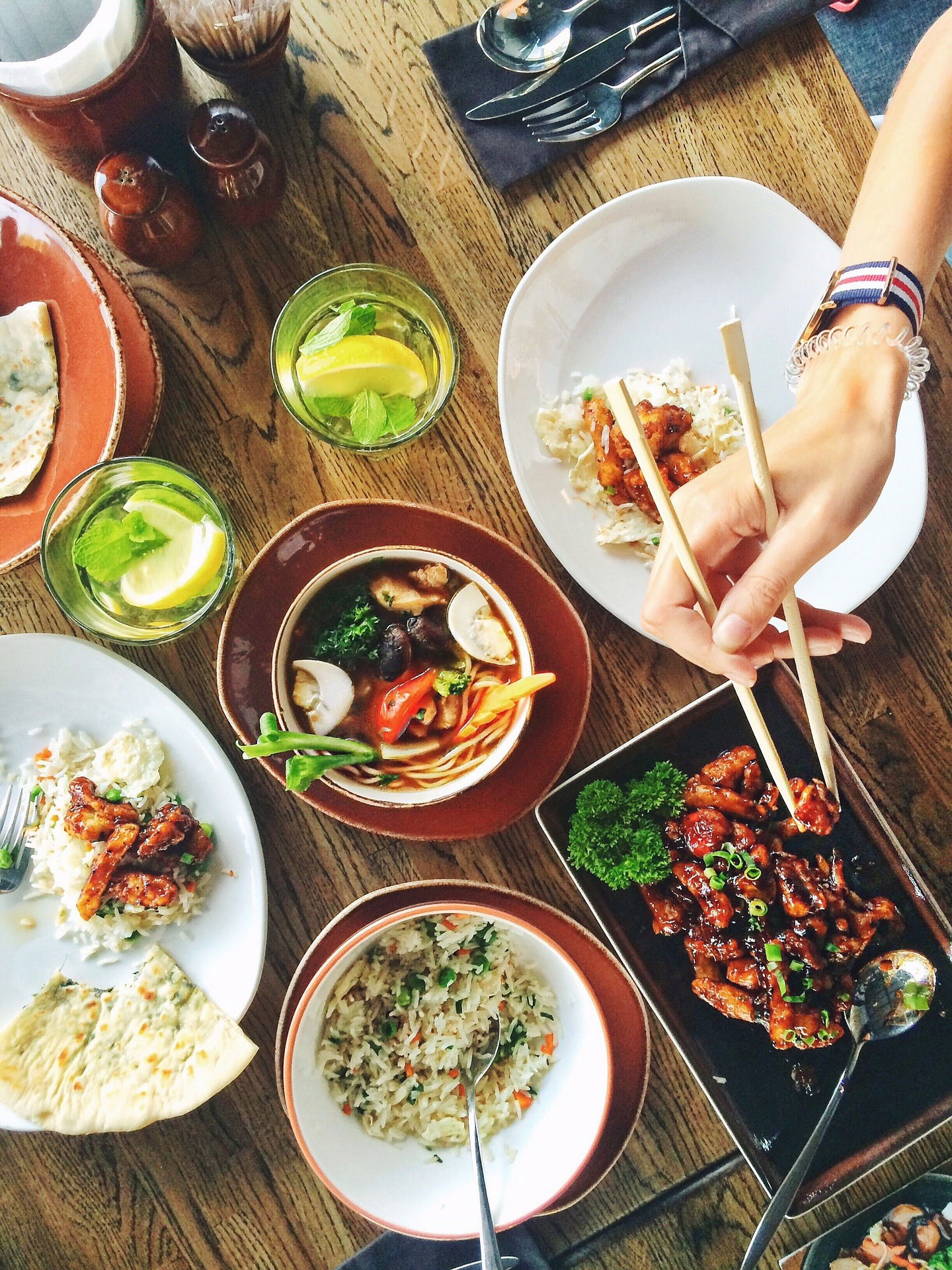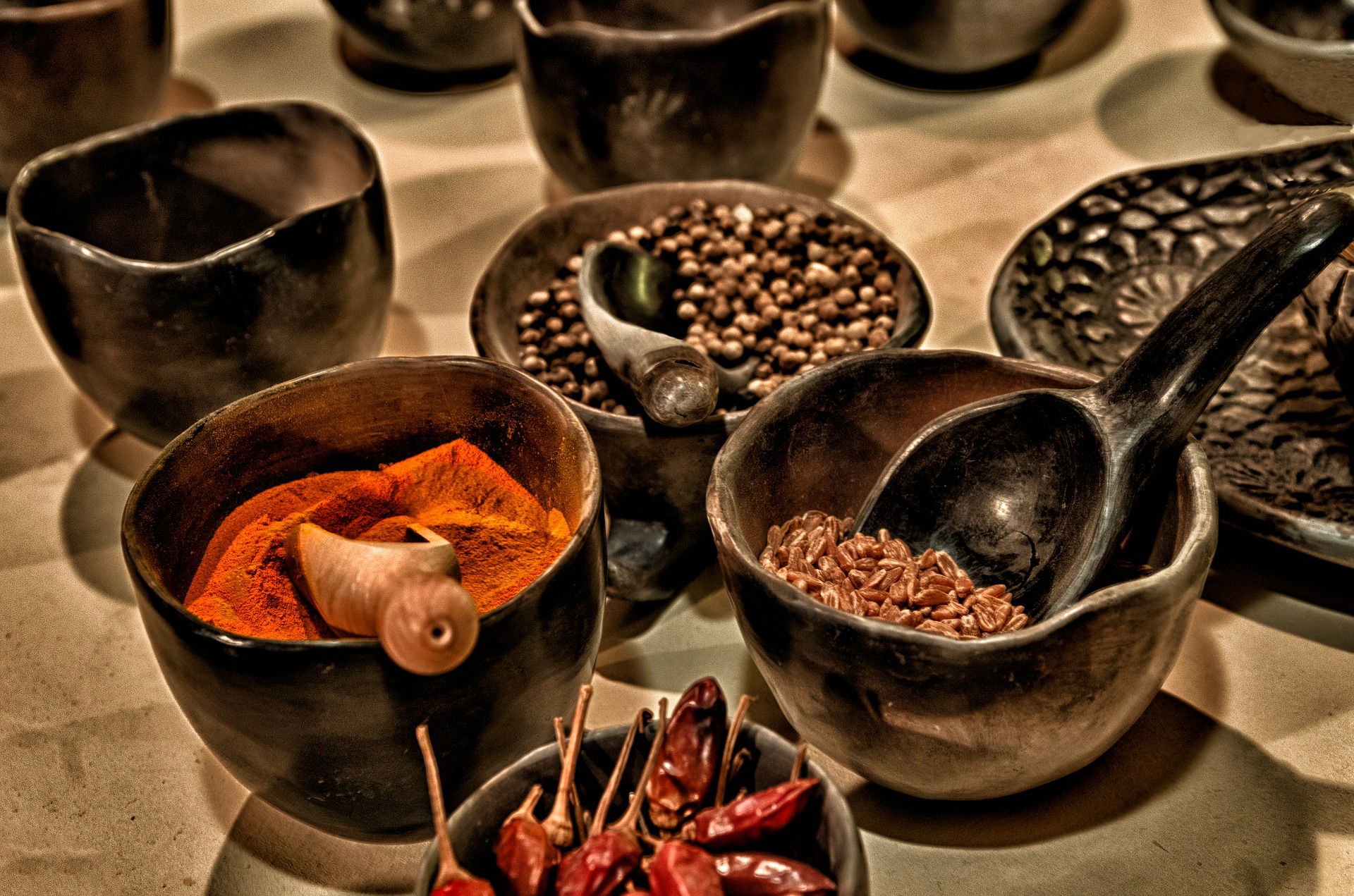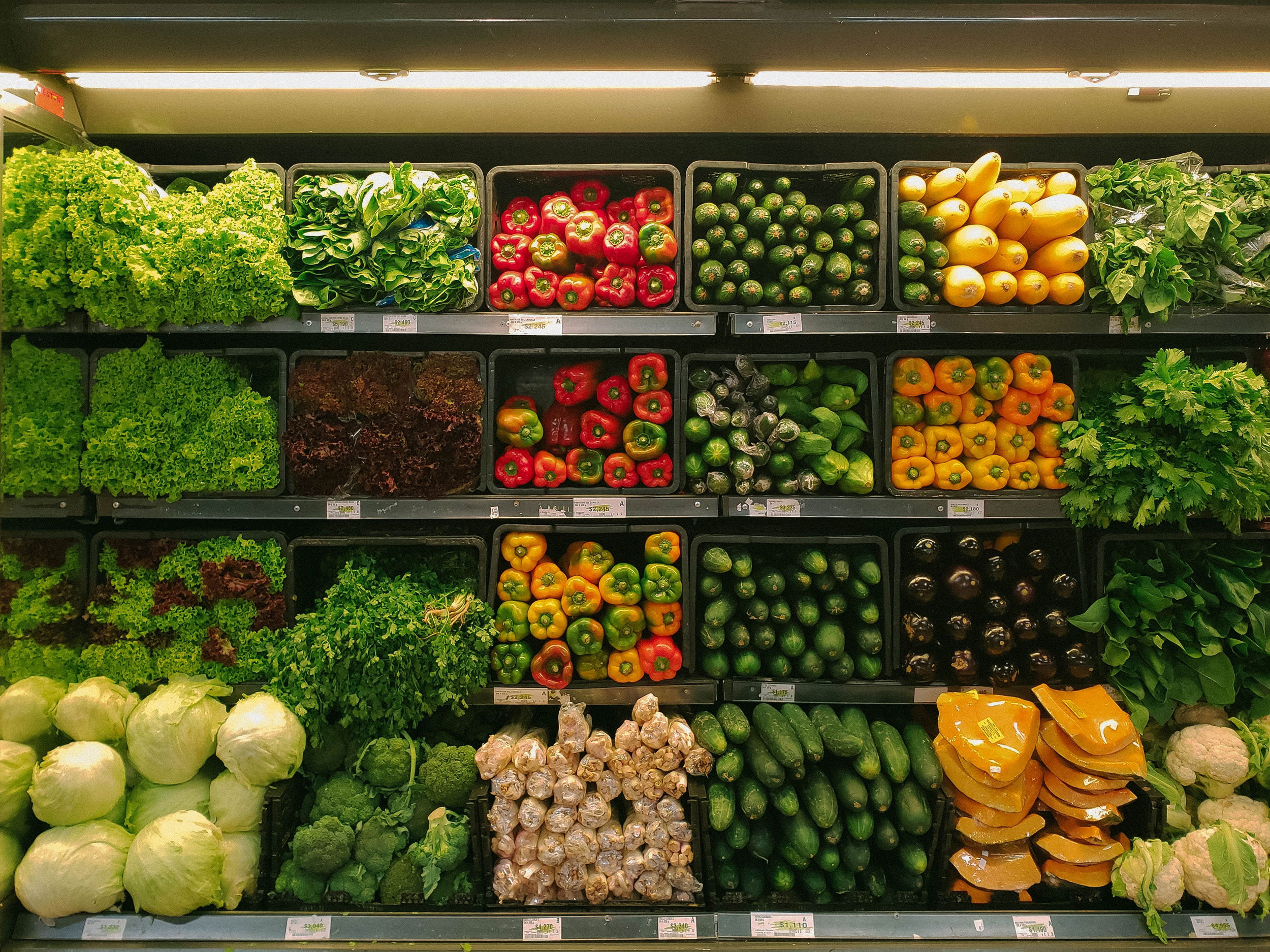Thai Ginger: The Secret Ingredient to Elevate Any Dish to Exotic Perfection!
Thai ginger, also known as galangal, is a versatile and aromatic ingredient that can elevate any dish to exotic perfection. With its distinct flavor, Thai ginger has become a staple in Thai cuisine and is now being used in various fusion and traditional cuisines around the world. But Thai ginger is not just known for its culinary properties. It is also a natural remedy for several health issues, including inflammation and nausea.
In this article, we will explore the many benefits of Thai ginger, cooking techniques and tips, recipes, and its use in popular cuisines. Whether you are an experienced cook or a home cook who wants to explore new flavors, this article has everything you need to know about Thai ginger.

Introduction: The Versatile and Aromatic Thai Ginger
Thai ginger, also known as galangal, is a root that is an essential ingredient in Southeast Asian cuisine. It has a distinct and exotic aroma that can elevate any dish, making it a favorite among chefs and home cooks alike. Thai ginger is a versatile ingredient that can be used in a variety of dishes, from soups to stir-fry to desserts.
What is Thai Ginger?
Thai ginger, or galangal, is a root that belongs to the ginger family. It has a reddish-brown skin and a crisp white interior. Thai ginger has a pungent and spicy flavor with citrusy and floral notes. It is widely used in Thai, Indonesian, and Malaysian cuisine.
A Brief History of Thai Ginger
Thai ginger has been used in Southeast Asian cuisine for centuries. It is believed to have originated in China and was brought to Southeast Asia by traders. Thai ginger has long been used for its medicinal properties, and it was also used as a spice to flavor food.
Health Benefits of Thai Ginger: An All-in-one Solution
Thai ginger not only adds flavor to your dishes, but it also has several health benefits. Here are some of the health benefits of Thai ginger:
Anti-inflammatory Properties
Thai ginger has anti-inflammatory properties that can help reduce inflammation in the body. It contains compounds that can help prevent the production of pro-inflammatory cytokines, which can lead to chronic inflammation.
Rich in Antioxidants
Thai ginger is rich in antioxidants, which can help protect the body against damage from free radicals. Free radicals can damage cells and lead to chronic diseases such as cancer and heart disease.
Improves Digestion and Relieves Nausea
Thai ginger can help improve digestion and relieve nausea. It contains compounds that can help stimulate the digestive system and reduce nausea and vomiting.

Cooking with Thai Ginger: Techniques and Tips
Using Thai ginger in your cooking can be a bit intimidating, but it's actually quite simple. Here are some techniques and tips to help you cook with Thai ginger:
Preparing Thai Ginger for Cooking
To prepare Thai ginger for cooking, use a knife to peel off the skin. Then, slice or chop the ginger into small pieces as desired.
Best Cooking Methods for Thai Ginger
Thai ginger can be used in a variety of cooking methods, including stir-fry, soup, and curry. It's best to add Thai ginger towards the end of the cooking process to preserve its flavor.
Tips for Combining Thai Ginger with Other Ingredients
Thai ginger pairs well with other Southeast Asian flavors, such as lemongrass, garlic, and chili. When combining Thai ginger with other ingredients, be sure to balance the flavors and adjust the amount of Thai ginger as needed.

Thai Ginger Recipes: From Appetizers to Desserts
Now that you know a bit about Thai ginger and how to cook with it, here are some delicious and easy Thai ginger recipes to try at home:
Thai Ginger Soup Recipe
Ingredients:
- 4 cups chicken broth
- 1 cup sliced mushrooms
- 1 stalk lemongrass, chopped
- 2 tbsp minced Thai ginger
- 1 tbsp fish sauce
- 1 tbsp lime juice
- 2 green onions, sliced
- Cilantro, chopped (for garnish)
Instructions:
1. In a large pot, bring the chicken broth to a boil.
2. Add the mushrooms, lemongrass, and Thai ginger and simmer for 10 minutes.
3. Add the fish sauce and lime juice and simmer for an additional 5 minutes.
4. Garnish with green onions and cilantro before serving.

Thai Ginger Stir-Fry Recipe
Ingredients:
- 1 lb boneless chicken, sliced
- 2 cups mixed vegetables (bell pepper, onion, broccoli, etc.)
- 2 tbsp minced Thai ginger
- 2 cloves garlic, minced
- 2 tbsp soy sauce
- 1 tbsp fish sauce
- 1 tbsp brown sugar
Instructions:
1. In a wok or large pan, heat up some oil on high heat.
2. Add the chicken and stir-fry until browned.
3. Add the mixed vegetables, Thai ginger, and garlic and stir-fry for 2-3 minutes.
4. In a small bowl, mix together the soy sauce, fish sauce, and brown sugar. Add to the wok and stir-fry for an additional minute.
5. Serve hot with rice or noodles.

Thai Ginger Chicken Recipe
Ingredients:
- 4 chicken thighs
- 2 tbsp minced Thai ginger
- 2 cloves garlic, minced
- 1 tbsp soy sauce
- 1 tbsp fish sauce
- 1 tbsp brown sugar
- 2 tbsp oil
Instructions:
1. In a bowl, mix together the Thai ginger, garlic, soy sauce, fish sauce, and brown sugar.
2. Add the chicken thighs and coat well with the marinade. Let sit for 10-15 minutes.
3. Heat up the oil in a pan on medium-high heat.
4. Add the chicken thighs to the pan and cook for 7-8 minutes on each side, or until cooked through.
5. Serve hot with your favorite side dish.

Thai Ginger Mango Smoothie Recipe
Ingredients:
- 1 large ripe mango
- 1 banana
- 1 cup coconut milk
- 1 tbsp honey
- 1 tbsp minced Thai ginger
- Ice cubes
Instructions:
1. Peel and chop the mango and banana.
2. In a blender, combine the mango, banana, coconut milk, honey, Thai ginger, and ice cubes.
3. Blend until smooth.
4. Serve cold and enjoy!
Thai ginger is a flavorful and versatile ingredient that can elevate any dish to exotic perfection. Whether you're making soup, stir-fry, or dessert, Thai ginger is a must-have in any kitchen. With its health benefits and unique flavor, Thai ginger is sure to become a staple in your cooking repertoire.

Thai Ginger in Popular Cuisines: Fusion and Traditional
Thai ginger, also known as galangal, is a popular ingredient used in both traditional Thai cuisine and modern fusion dishes. It has a distinct flavor that is slightly spicy and citrusy with hints of pepper and ginger. The root has a tough exterior that needs to be peeled before use, leaving behind a fragrant and fibrous interior.
Thai Ginger in Thai Cuisine
Thai ginger is a staple ingredient in many Thai dishes like Tom Yum soup, Green Curry, and Pad Thai. It is used to add flavor and depth to dishes, and its spicy undertones help balance out the sweetness and sourness of other ingredients. In Thai cooking, Thai ginger is often pounded or grated to extract the flavor before being added to the dish.
Thai Ginger in Fusion Cuisine
Thai ginger is a popular ingredient in fusion cuisine as well. It can be added to marinades, dressings, and sauces to give a unique twist to any dish. For example, it can be used in a ginger pork dish or a ginger-infused stir fry. Its versatility makes it an excellent ingredient to experiment with in various cuisines.
Thai Ginger in Asian Cuisine
Thai ginger is also used in other Asian cuisines like Indonesian and Malaysian dishes. In Indonesian cuisine, it is used in meat and vegetable dishes, while in Malaysian cuisine, it is used in Malay curries and soups. The unique flavor profile of Thai ginger makes it a valuable addition to various cuisines.

Growing and Storing Thai Ginger: A Guide for Home Cooks
If you want to use Thai ginger in your cooking regularly, growing it in your garden is an excellent option. Here's a quick guide on how to grow and store Thai ginger.
Growing Thai Ginger in Your Garden
Thai ginger is easy to grow in your garden. It requires partial shade or full sunlight and well-draining soil. You can buy Thai ginger root from a store and use it to start growing your plant. Plant the root in a pot or directly in the ground about two inches deep and space them about a foot apart. Water them regularly and fertilize every few months.
Storing Thai Ginger for Longevity
Thai ginger can be stored in the refrigerator for several weeks if kept in a plastic bag or wrapped in a damp towel. However, for longer storage, you can freeze Thai ginger. Peel it, grate it, and store it in small quantities in an airtight container. Whenever you need Thai ginger for cooking, you can take it out of the freezer and add it to your dishes.

Conclusion: Embracing the Rich Flavor and Benefits of Thai Ginger
Thai ginger is a versatile ingredient that can elevate any dish to exotic perfection. Whether you are making traditional Thai cuisine or experimenting with fusion dishes, Thai ginger's unique flavor profile adds depth and balance to your dishes. Growing and storing Thai ginger is easy, and it allows you to have a steady supply at hand. So, go ahead and embrace the rich flavor and benefits of Thai ginger in your cooking today!
In conclusion, Thai ginger is a remarkable ingredient that offers a wide range of culinary and health benefits. By incorporating it into your dishes, you can enjoy a unique and exotic flavor that will take your cooking to the next level. Whether you use it in traditional or fusion cuisine, or even grow it in your garden, Thai ginger is a versatile and valuable addition to any kitchen. So why not give it a try and see how it can enhance your cooking and overall wellbeing?
FAQ
What is the difference between Thai ginger and regular ginger?
Thai ginger, also known as galangal, has a stronger, more pungent flavor than regular ginger. It also has a reddish-brown skin and a pinkish-white flesh. While both types of ginger have health benefits, Thai ginger is more commonly used in savory dishes, while regular ginger is more versatile and can be used in both sweet and savory dishes.
Can I substitute Thai ginger for regular ginger in recipes?
While both types of ginger have similarities, substituting Thai ginger for regular ginger can alter the flavor of your dish. Thai ginger has a more pungent and earthy taste, which may not work well in every recipe. It's best to use Thai ginger in Thai or fusion dishes that specifically call for it, but for other recipes, it's best to use regular ginger.
Can I grow Thai ginger at home?
Yes, you can grow Thai ginger at home. It requires a similar growing environment to regular ginger - warm and humid conditions with well-draining soil. You can purchase Thai ginger rhizomes from a nursery or online store and plant them in your garden or in a pot. With proper care and attention, you can harvest your own Thai ginger and use it in your cooking.
Are there any side effects of consuming Thai ginger?
While Thai ginger has many health benefits, consuming it in large quantities may cause stomach upset or diarrhea. It's best to consume Thai ginger in moderation and talk to your doctor if you have any concerns about its effects on your health.
